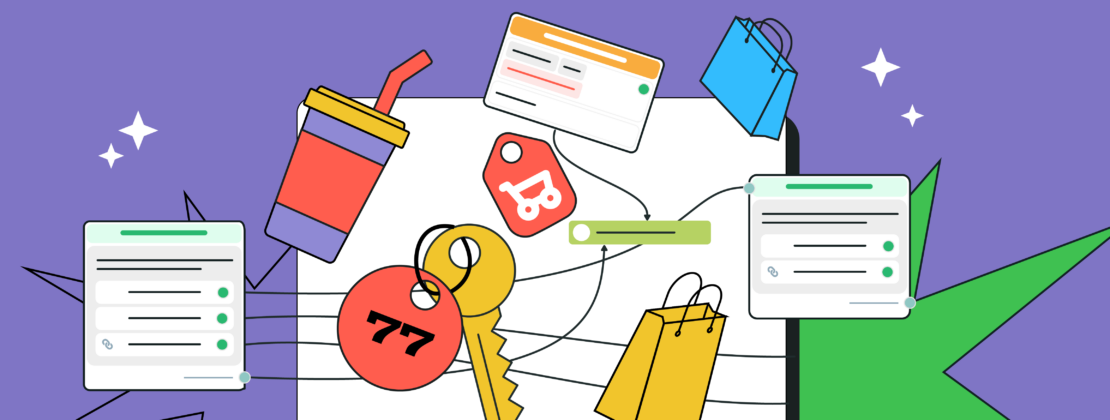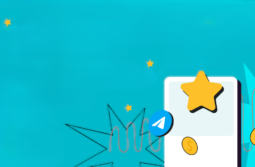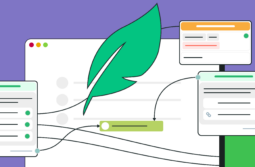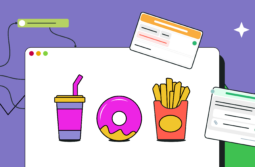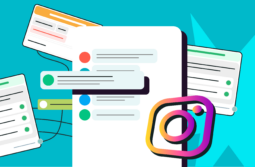There was a time when using chatbots was an exotic and even frowned-upon tactic. Those bots used to be rigid, limited in knowledge, and, well, robotic. Customers didn’t want anything to do with them, and employees would get annoyed at overseeing and constantly correcting the bot’s interactions. Today, the situation is drastically different.
For starters, only 9% of consumers oppose companies using bots. That’s because AI-powered bots can be set up to become indistinguishable from human agents and provide nuanced, case-specific information in a matter of seconds. Moreover, 73% of buyers expect websites to provide virtual assistants for more streamlined interactions.
But what about businesses? 90% of companies using chatbots notice measurable improvements in customer satisfaction and the speed of complaint resolution. Online stores that implement bots also see the median order value increase reach 20%.
If you want to be among them, keep on reading — we’ll show you how diverse industries can benefit from “hiring” conversational chatbots and placing a variety of tasks on their virtual shoulders. The following chatbot ideas are suitable for beginners as well as seasoned marketers looking to broaden their horizons.
- Travel and hospitality bots
- Customer service bots
- Lead generation bots
- Real estate bots
- Customer support bots
- Recruitment and onboarding bots
- Banking and insurance bots
- Healthcare and wellness bots
- Gastronomy bots
- Educational bots
- Tips on making your chatbot idea a reality with SendPulse
- Ready to bring your chatbot idea to life?
Travel and hospitality bots
Our first chatbot idea can be used by travel and hospitality businesses like hotels, car rentals, cruise ship tour specialists, resorts, and airlines. They can employ chatbots to connect with their customer base regardless of borders and time zones.
A travel chatbot can provide instant answers to customer inquiries about bookings, destinations, pricing, and travel packages during and outside of business hours. This ensures that customers always get assistance, even if they are on the move and have limited cell reception.
Many travelers have similar questions, such as “What is your cancellation policy?” or “What documents do I need for this trip?” A chatbot can answer these FAQs quickly and consistently, saving both customers and the business time.
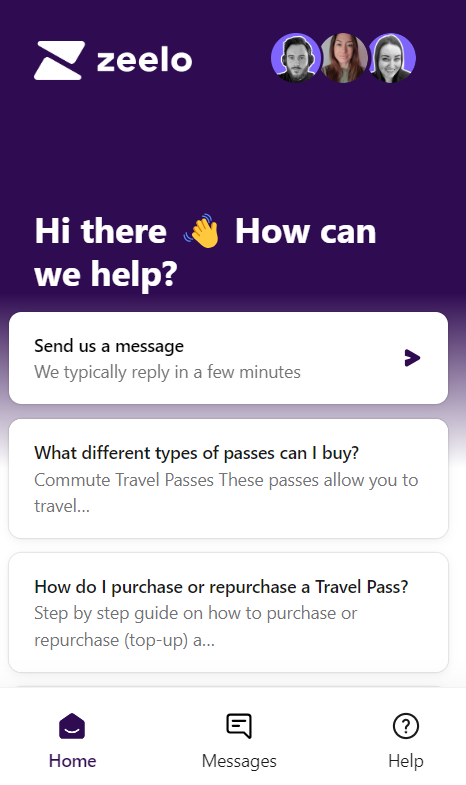
Chatbots are great for guiding customers through the booking process, helping them find flights, hotels, vehicles, or packages based on their preferences. They can even ask questions about a user’s travel preferences and recommend personalized itineraries.
By implementing an AI chatbot, you also unlock multilingual support, making your offers more accessible to international customers. This can help attract a broader audience and improve customer satisfaction.
Customer service bots
Any eCommerce business can benefit from a website chatbot playing the role of an online shopping assistant in real-time. Customer service bots are capable of streamlining the whole shopping experience and simplifying post-purchase processes as well.
When a customer is browsing outerwear, the chatbot can ask for their size, desired length, required seasonality, insulation preferences, and favorite colors, then suggest specific items that match their interests. It can also recommend complementary products, such as gloves or scarves, increasing the likelihood of upselling.
A chatbot can assist customers in navigating your size charts or trying to make sense of specific gear markings and characteristics. This reduces returns as customers are more likely to get the order right the first time.
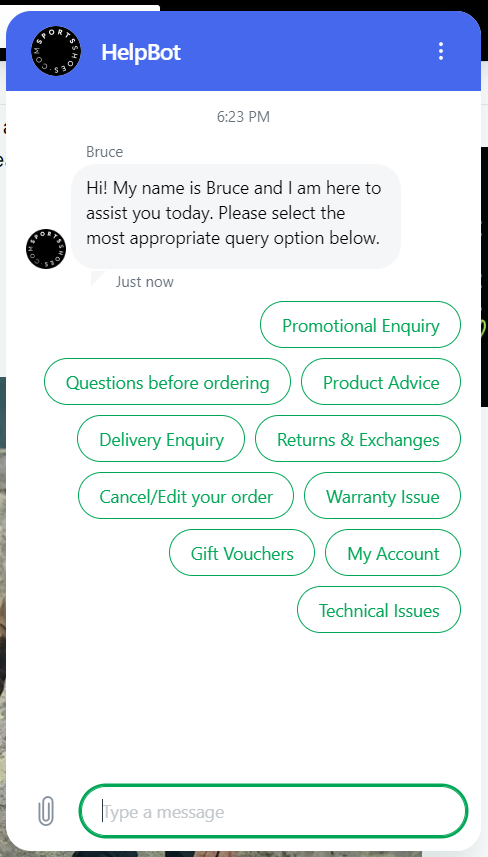
You can also benefit from letting your chatbot handle questions about shipping options, payment methods, and discounts. For first-time buyers, the bot can walk them through the checkout process step-by-step to ensure a smooth transaction. After the purchase, they can request order updates directly from your bot.
If there’s an ongoing promotion, the chatbot can notify users about available discounts or help them obtain a promo code. When a customer adds items to their cart but doesn’t complete the purchase, the chatbot can send a gentle reminder like, “You left some items in your cart. Can I help you complete your order?”
If a customer wants to return or exchange an item, the chatbot can walk them through the process by generating return labels, explaining return policies, or suggesting exchange options for different sizes or colors.
Finally, a retail chatbot can greet returning customers with personalized offers based on their previous purchases or browsing history, such as “Welcome back! Get 10% off your next purchase,” making them feel recognized and sparking repeat purchases.
Lead generation bots
B2B businesses tend to focus on building long-lasting relationships with their customers and offer a high degree of personalization. For them, chatbots can be useful for automating key tasks such as lead routing, qualification, data capture, and providing real-time engagement with potential clients.
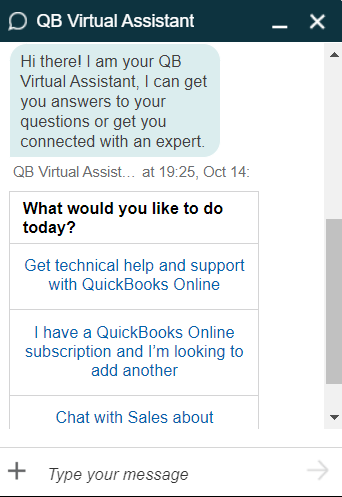
Your lead generation chatbot can ask qualifying questions based on your prospect’s industry, company size, budget, or specific business needs: “What do you expect to achieve with our software?” or “What is your team size?” This helps assess whether the lead is a good fit for your business.
A chatbot like that automatically filters out unqualified leads, allowing your sales team to focus on higher-value prospects and improving conversion rates. Based on the user’s responses, the bot can also gather data such as their name, email, company name, and specific needs.
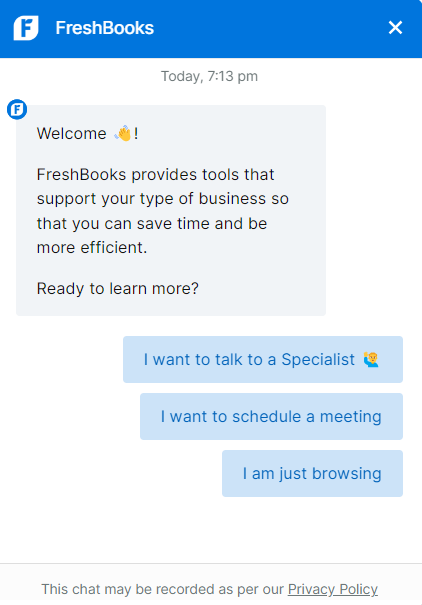
Once a lead is qualified, the chatbot can route the lead to the correct sales representative based on factors like location, industry, or product interest. This ensures leads are quickly connected with the right person, speeding up the response time and improving customer experience.
In addition, you can rely on lead generation chatbots to share high-value content like whitepapers, case studies, or product guides. This keeps prospects engaged, nurtures leads over time, and helps move them through the sales funnel until they’re ready to speak with a sales rep.
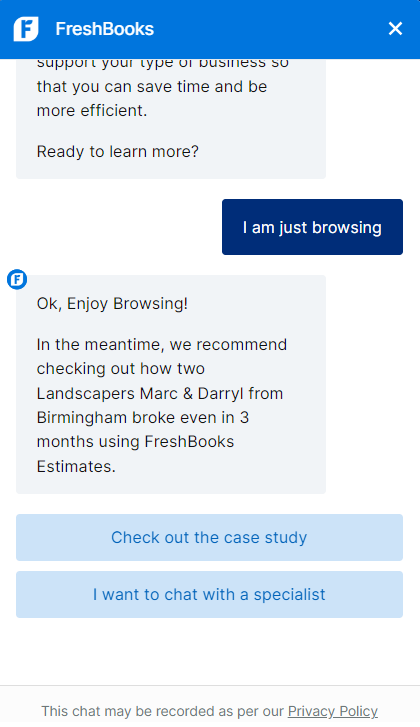
After collecting a lead’s information, the chatbot can automatically sync the data with your CRM system. You can then use the said data for follow-ups and high-precision nurturing campaigns.
Real estate bots
When consumers house hunt, they expect their real estate agents to go above and beyond because of the high price tag and significance of the purchase. To live up to the expectations, agents may implement automations like live chat software to stay responsive 24/7. Real estate chatbots’ typical tasks are providing instant customer assistance, automating property searches, and streamlining appointment bookings.
When a visitor comes to your real estate website, the chatbot can ask what type of property they are looking for. The chatbot can then filter properties based on location, price range, number of bedrooms, or other preferences. This helps potential buyers or renters quickly find properties that match their needs without navigating through complex search filters.
Landlord software providers, rental agencies, and property management companies can also greatly benefit from an AI-powered chatbot idea that lies in letting it handle part of their customer communications. However, it is crucial to let the users know that they’re conversing with a bot and that they should not share any sensitive information with it.
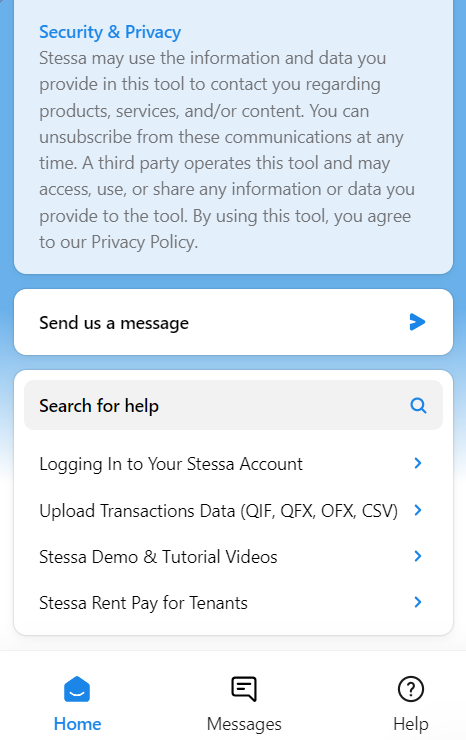
Once a customer finds a property they’re interested in, the chatbot can ask if they would like to schedule a viewing. The bot can check available times in your agent’s calendar and book appointments directly. This reduces back-and-forth communication and ensures viewings are scheduled quickly and efficiently. If in-person visits are not possible, the chatbot can provide links to virtual property tours or 3D walkthroughs.
A chatbot can instantly answer frequently asked questions about each property, such as “Do I have to renovate the unit before moving in?” or “Can I own a pet in this apartment?” The bot can pull details directly from the property listings and other documentation and respond immediately.
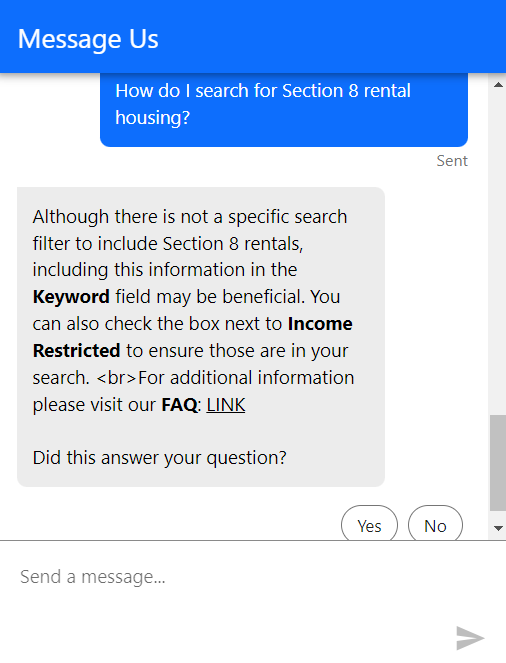
It is possible to equip a chatbot with a built-in mortgage calculator to help your visitors estimate monthly mortgage payments for a specific property. The bot can guide them through the calculation process based on price, interest rate, and loan terms. This way, the buyers will be more likely to make informed decisions and move closer to purchasing.
Customer support bots
For SaaS businesses, implementing a customer support chatbot can be a game changer as it automates routine tasks and lets the team focus on more complex inquiries. The chatbot can immediately answer common queries such as, “How do I reset my password?” or “What are the pricing plans?” without the need for human intervention.
When a new user signs up, they typically face some learning curve and want to get up to speed as quickly as possible. The chatbot can become their virtual guide, helping them resolve any confusion or problems they may run into when exploring the new interface.
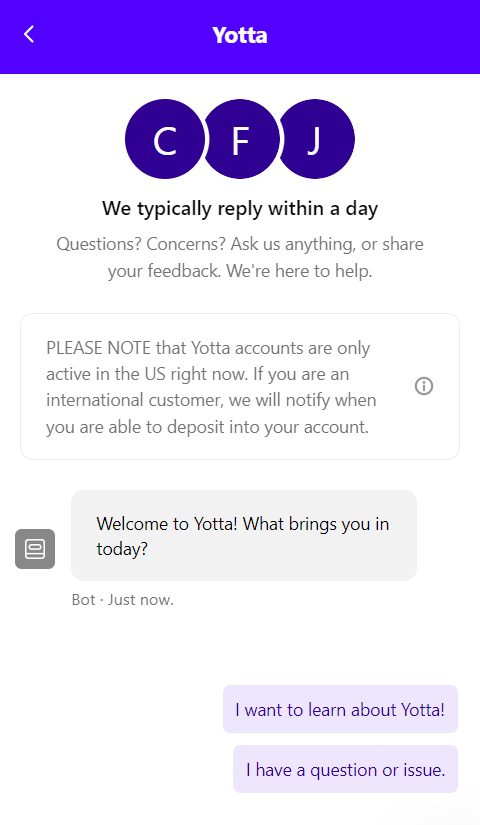
The chatbot can also be used to submit bugs and glitches in the software and quickly assign them to developers while also letting users know the issue is being looked into. In addition, this chatbot business idea can be used to assist with billing-related queries, such as “How can I update my payment method?” or “When is my next invoice due?”
If users need help with a specific feature, the chatbot can share tutorial videos and how-to articles, or even guide them through live product demonstrations. For example, “Would you like to learn how to create a new workflow? Here’s a step-by-step video.” This helps users make the most of your SaaS product and reduces frustration from not understanding how to use key features.
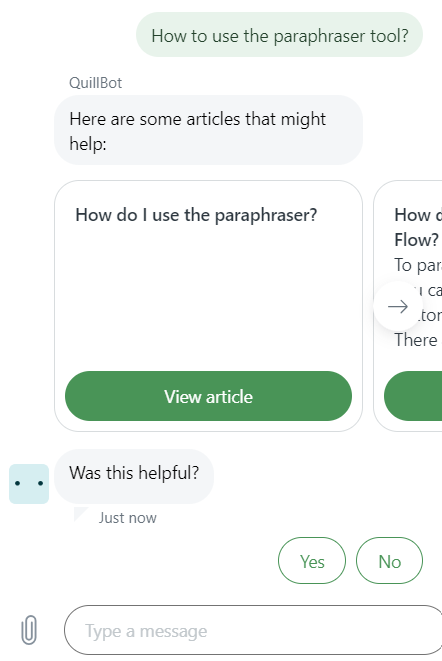
After resolving an issue, the chatbot can ask users for feedback, such as “How satisfied are you with my responses?” Such feedback is valuable for fine-tuning the chatbot and the customer support strategy in general.
When a customer’s issue is too complex for the chatbot, it can escalate the case to a human agent. It might say, “Hang tight! I’ll forward this issue to one of our support specialists. They’ll be in touch with you shortly.”
Recruitment and onboarding bots
Any company regularly searching for new hires can extract a lot of value from using a chatbot to connect with new talent at scale. Instead of making the potential applicant manually browse through hundreds of listings, you can empower them to discover the best-fitting roles in a conversational way — through a chat widget.
For starters, a chatbot can ask your career page visitors about their general browsing intent to engage them right away. Another task this chatbot business idea can be used for is responding to common questions about your application process, company benefits, work culture, and available positions.
This way, you get to reach out to passive candidates who may not have applied but have shown interest in your job openings. The chatbot could ask, “We noticed you viewed our careers page. Would you like to learn more about our current openings?”
Recruiting chatbots are equally useful for initial screening, checking hiring managers’ availability, and scheduling interviews directly.
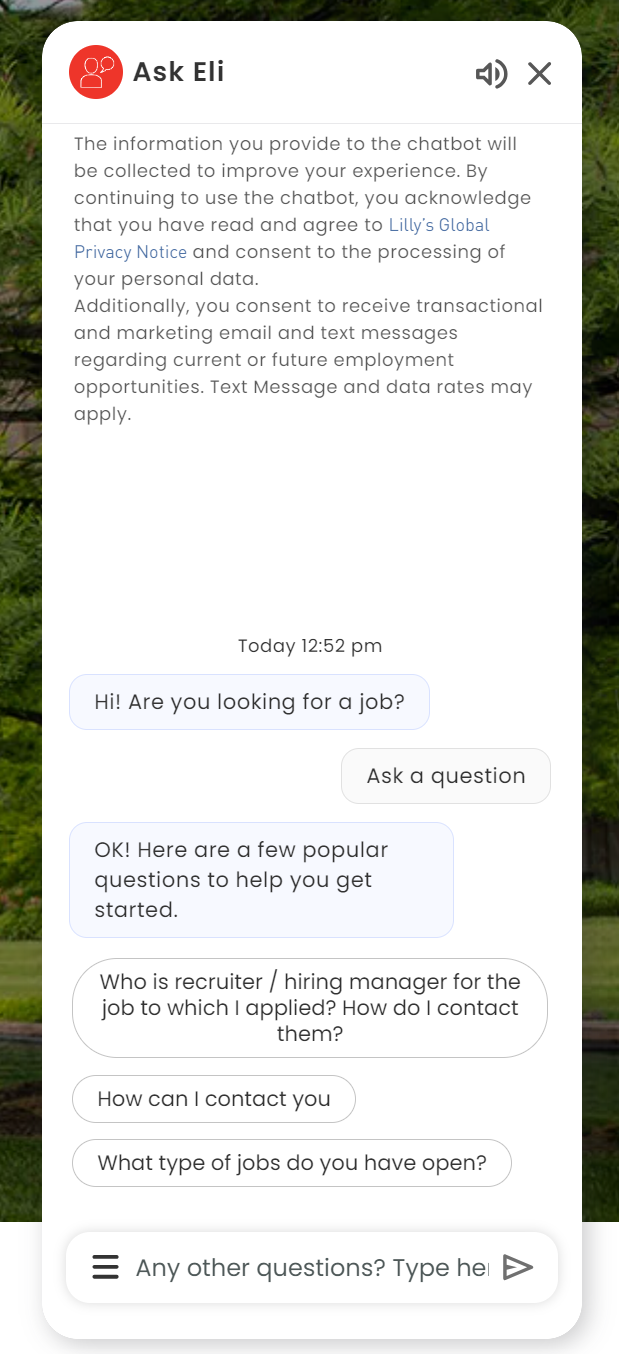
Some chatbots can even administer basic skills tests relevant to the role, such as a coding challenge for developers or a language proficiency test for customer service roles. After the candidate completes the test, the chatbot can instantly score it and share the results.
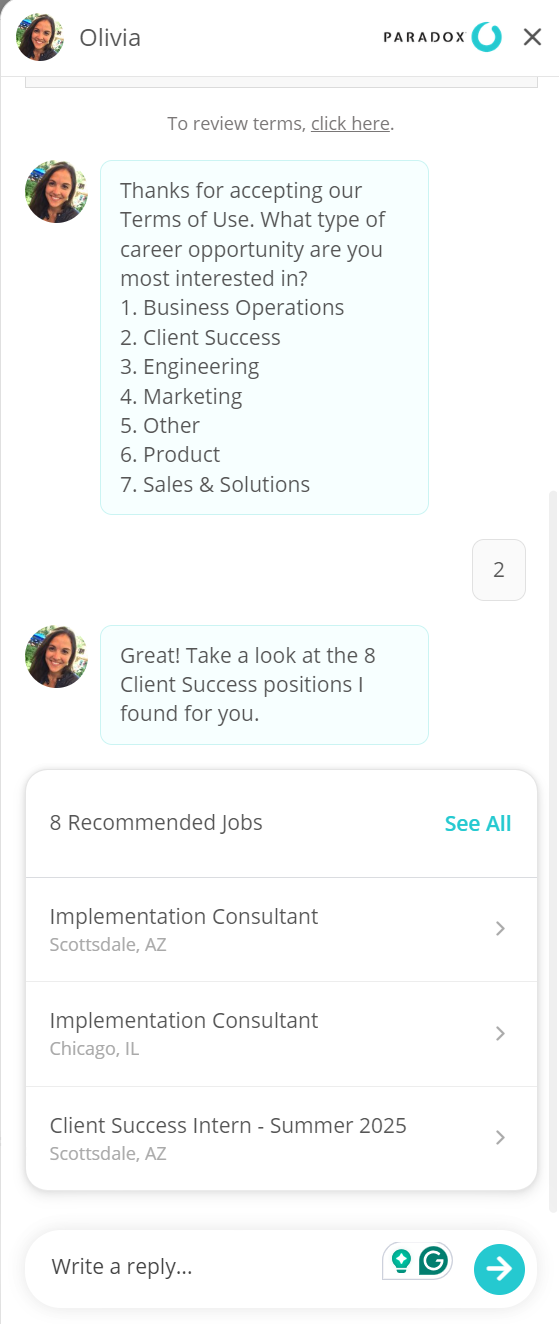
The chatbot can tailor its interactions based on the candidate’s role or seniority level. For example, it might offer more in-depth information about your company’s leadership structure to executive candidates or guide entry-level candidates through their first professional interview.
All these details make the candidates more likely to feel positively about your company.
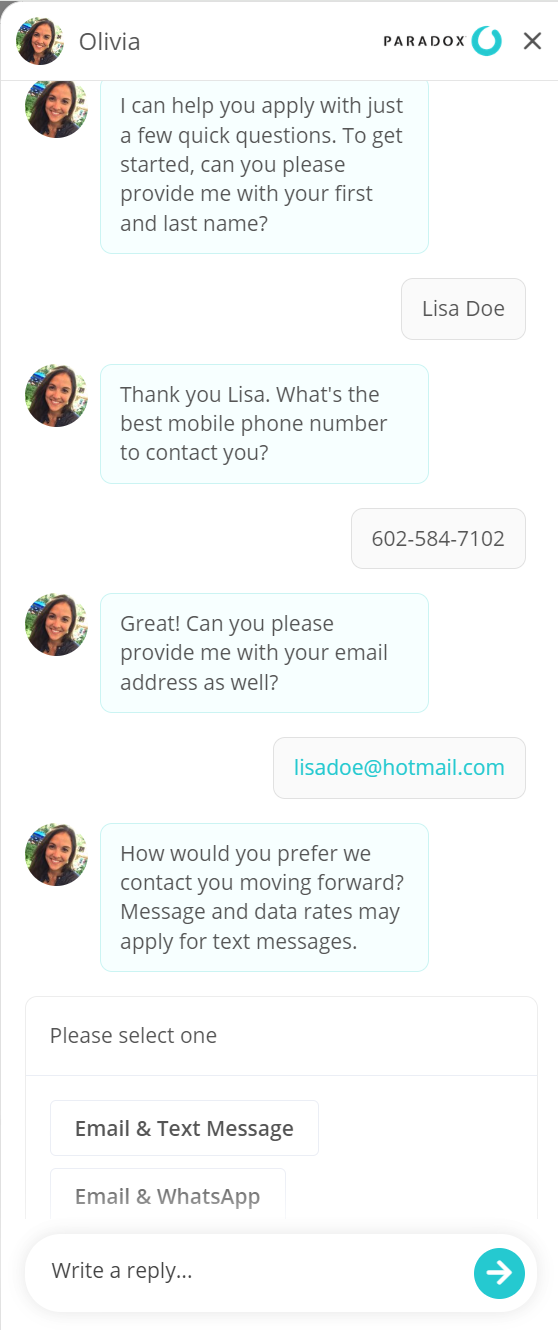
Finally, this chatbot idea can be helpful to request essential documents like work authorization forms, tax documents, and signed contracts from new hires, ensuring compliance with local laws and regulations. It might say, “Please upload your signed contract and W-4 form here.”
Once a candidate is hired, the chatbot can even guide them through the onboarding process. This means providing links to key documents, training materials, and explaining company policies. All of this reduces friction in the hiring process, making recruitment and onboarding a smooth and exciting experience for both sides.
Banking and insurance bots
Banks, insurance firms, and other financial companies often rely on chatbots to automate routine processes and boost their operational efficiency. When it comes to choosing a health plan or opening a savings account, an AI-powered chatbot can be just as discreet and helpful as a real employee.
The chatbot can guide users through loan or mortgage application processes by providing information on eligibility criteria, required documents, and loan repayment options. This saves time for both customers and staff, reducing the need for personal visits and lengthy phone calls.
Your insurance chatbot can ask customers about their needs and recommend appropriate policies based on their age, lifestyle, budget, and needs. This way, customers don’t need to navigate complex forms or wait for human assistance.
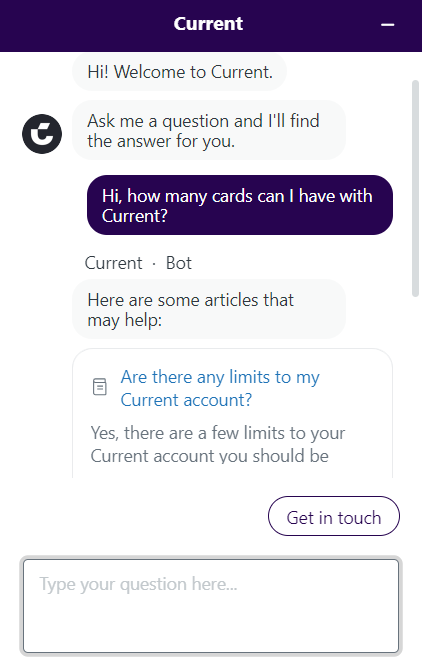
In regards to upselling, the chatbot can qualify potential leads by asking relevant questions about financial needs and preferences. It can be as simple as: “Are you interested in learning more about our savings plans or investment options?” It can then capture details and forward high-quality leads to your sales team for follow-up.
In addition, a chatbot can assist customers in initiating claims, guiding them through the process step by step. For example, “Please upload photos of the damaged vehicle, and I’ll submit your auto insurance claim right away. The users can later return to the bot to track the claim status and receive updates.
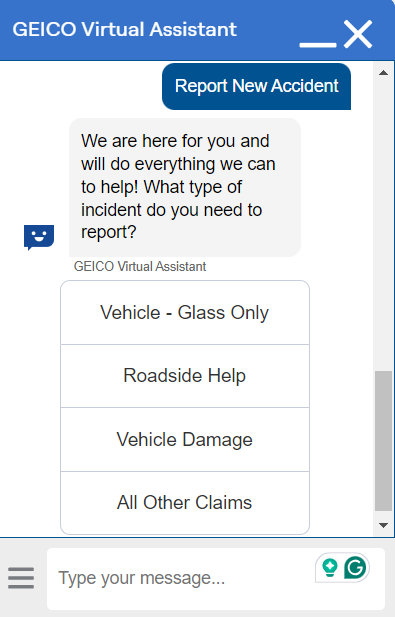
Last but not least, the chatbot can ask customers for feedback after a service interaction or a product purchase: “How satisfied were you with your recent auto insurance claim experience?” or “Would you rate our loan application process?” You may find their responses helpful for shaping and adjusting your customer support strategy moving forward.
Healthcare and wellness bots
Clinics, private practices, beauticians, nail techs, and wellness centers all have something in common — they build long-term relationships with their clients and are expected to provide a straightforward and discreet way to book appointments. This is where our next chatbot idea comes in handy.
A conversational AI chatbot can help patients book appointments at any time by showing available slots for doctors, specialists, or wellness practitioners. They may also ask direct questions: “Would you like to book a consultation with Dr. Smith at 10 AM on Friday?” This way of booking appointments feels personal enough yet more modern and time-efficient than phone calls.
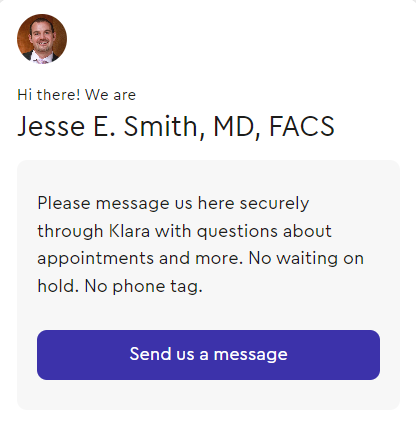
The chatbot can respond to common questions like, “What services do you offer?” or “What are the clinic’s operating hours?” It can also handle more specific queries like, “Do you accept my insurance provider?” or “How much does a physiotherapy session cost?” By letting the chatbot handle FAQs, you free up staff time, reduce call volume, and provide patients with quick and accurate information 24/7.
For healthcare providers, the chatbot can ask patients about their symptoms and offer advice on whether they should seek immediate care or schedule a regular appointment. For example, “Are you experiencing fever, shortness of breath, or chest pain? Then, I recommend booking an urgent consultation with a doctor. Here are the available slots for tomorrow.”
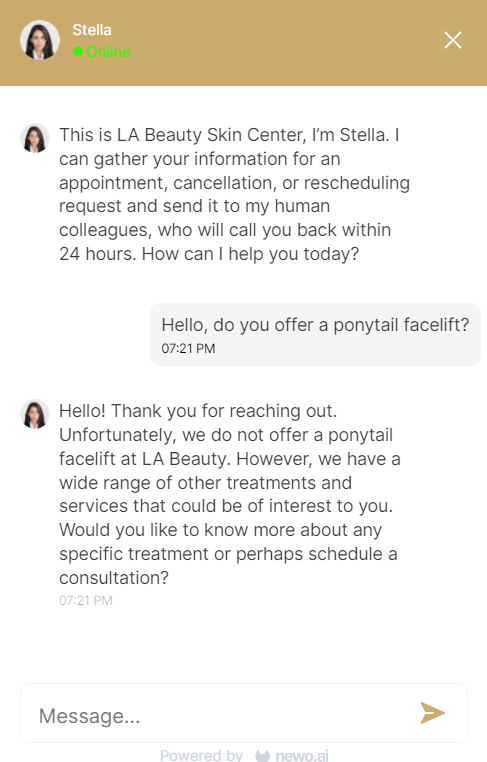
For wellness businesses like spas, fitness centers, or holistic health providers, the chatbot can offer personalized service recommendations. It may sound like this: “Based on your workout routine and stress levels, I recommend a 60-minute deep tissue massage. Would you like to book it now?” Such a level of personalization creates a warm, welcoming feeling and contributes to creating the overall positive impression of your establishment.
Gastronomy bots
Any gastronomy business, be it a casual café, traditional sushi bar, or hip fine-dining establishment, can ease up stress and minimize distractions for their staff by bringing to life a website bot idea to handle the bookings.
The chatbot can help your customers make reservations by showing available times and dates. It can ask them a series of questions to find out the perfect availability for them, place and confirm the booking, and send reminders before the reservation. All of that can be done in multiple languages, making the booking experience more inclusive for tourists and expats.
By automating that process, you can minimize booking mistakes while simultaneously allowing your customers to be more spontaneous with their visits, placing reservations even outside of your business hours.
The chatbot can instantly respond to common questions such as, “How do you work throughout the upcoming holidays?” or “Do you offer vegan options?” It can also provide more detailed information like, “What is the parking situation at your location?”
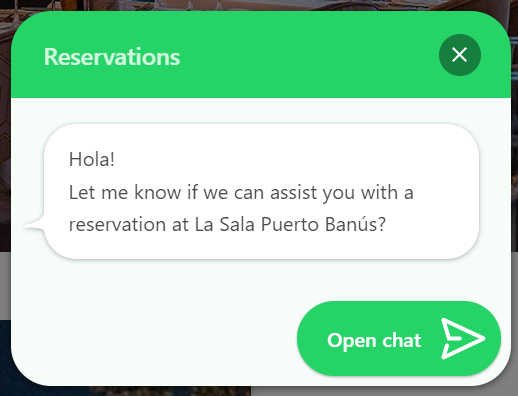
Just like an experienced waiter, your restaurant chatbot can guide users through your menu and wine list, offering recommendations and pairings based on preferences. For instance, “Are you looking for seasonal offers? Here are the specialties of this month.” This allows customers to discover new options and set the right expectations for the upcoming dinner. Furthermore, the chatbot can assist customers with placing orders for delivery or pickup directly through your website.
On top of that, a great chatbot idea in this field can be to use it to ask customers about dietary preferences or allergens and suggest appropriate dishes. For instance, “Do you have any allergies? Let me list our nut-free options for you.” When your restaurant is fully booked for days to come, the chatbot can add customers to a waitlist.
If your establishment hosts events or offers private dining, the chatbot can guide users through booking these experiences. It might ask, “Are you interested in booking a private dining room for your event? I can check availability.” The same goes for catering options — with the bot, customers can seamlessly place an inquiry and precisely describe their needs.
Educational bots
Coaches, online schools, community managers, and educators often struggle with time management, student engagement, answering repetitive queries, and personalized support. Implementing a chatbot can be a game changer in such cases, as it frees up the necessary resources, allowing small teams to pay undivided attention to their students when they need it the most.
This chatbot idea can be used to engage your users even before they sign up for courses — to help them select the right program based on their interests and career goals. For instance, “Are you looking to boost your people skills? Check out this Teamwork Cooperation Course.” By helping potential students navigate your course offerings, you are more likely to yield higher enrollment rates.
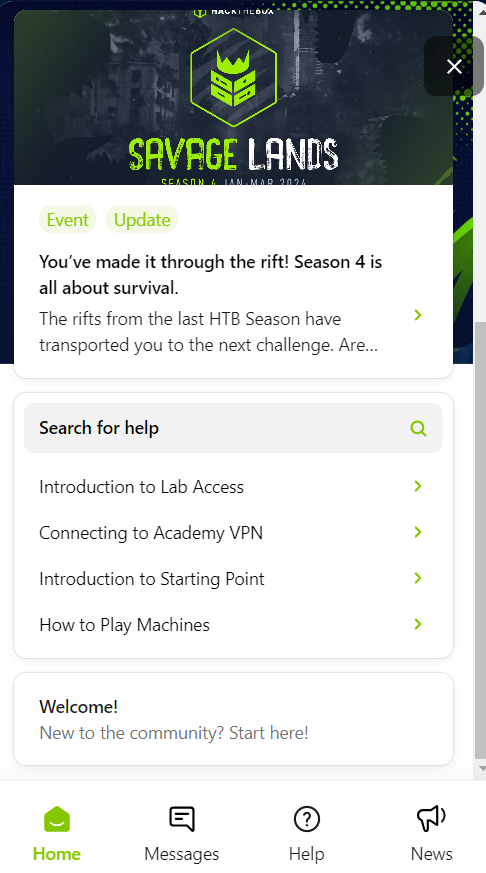
Then, the education chatbot can guide users through the enrollment process, helping them complete registration forms and find the most suitable payment options. This reduces barriers to entry, making it easier for students to sign up and kick off their learning journey. You can also let your bot handle common questions about course content, duration, fees, and prerequisites.
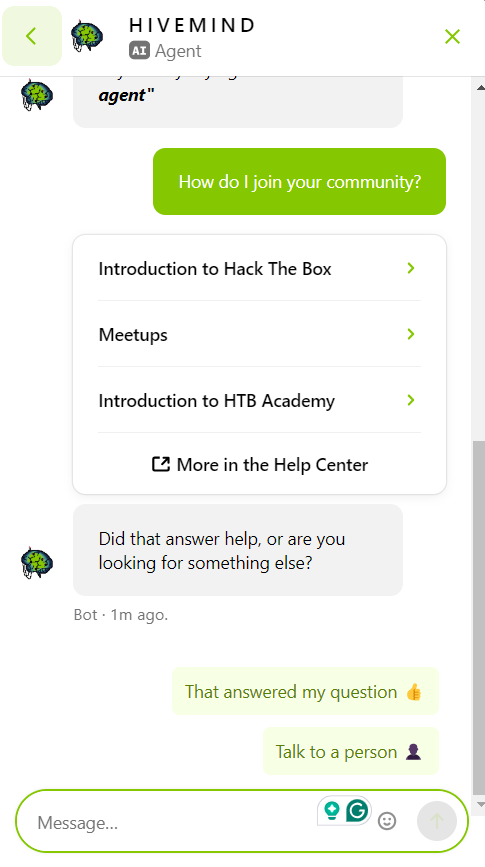
On top of that, the chatbot can provide detailed information about individual courses, such as syllabi, instructor backgrounds, and learning outcomes. It also allows students to stay in the loop regarding upcoming live classes and webinars, fostering better attendance rates.
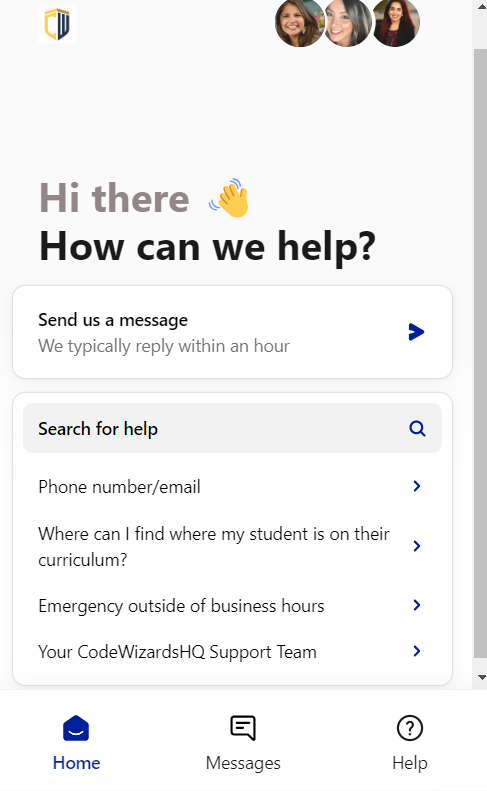
Throughout the course, the chatbot can help your students troubleshoot common technical problems related to course access or platform navigation. For example, “Are you having trouble logging in? Let me guide you through the reset process.” This ensures that your audience stays engaged and keeps progressing.
Students may also use your chatbot as a one-stop shop for the necessary study materials, practice quizzes, or additional resources related to their courses.
In addition, chatbots are great for community engagement, as they can inform students about discussion forums, study groups, or networking events related to their courses, helping them feel more connected to the course and each other.
After completing a course, the chatbot can prompt students to provide feedback or reviews. It might ask, “How did you enjoy the Data Science course? Your opinion will help us get better!”
Tips on making your chatbot idea a reality with SendPulse
SendPulse gives you everything you need to implement and test any bold chatbot business idea without any specific coding knowledge.
First, log in to your existing SendPulse account or sign up for a new one. Open the “Chatbots” tab and select “Manage bots.” Choose the communication channel for your chatbot and click “Connect.” For adding a live chat widget to your site, copy the installation code and paste it before the closing </body> tag.
The live chat widget by SendPulse provides conversational bot capabilities while also ensuring seamless handoffs to human agents when needed.
In the chatbot settings, you can customize the bot by giving it a name, selecting a color scheme to match your brand, and crafting a personalized greeting message that explains the bot’s purpose and guides users on how to interact with it.
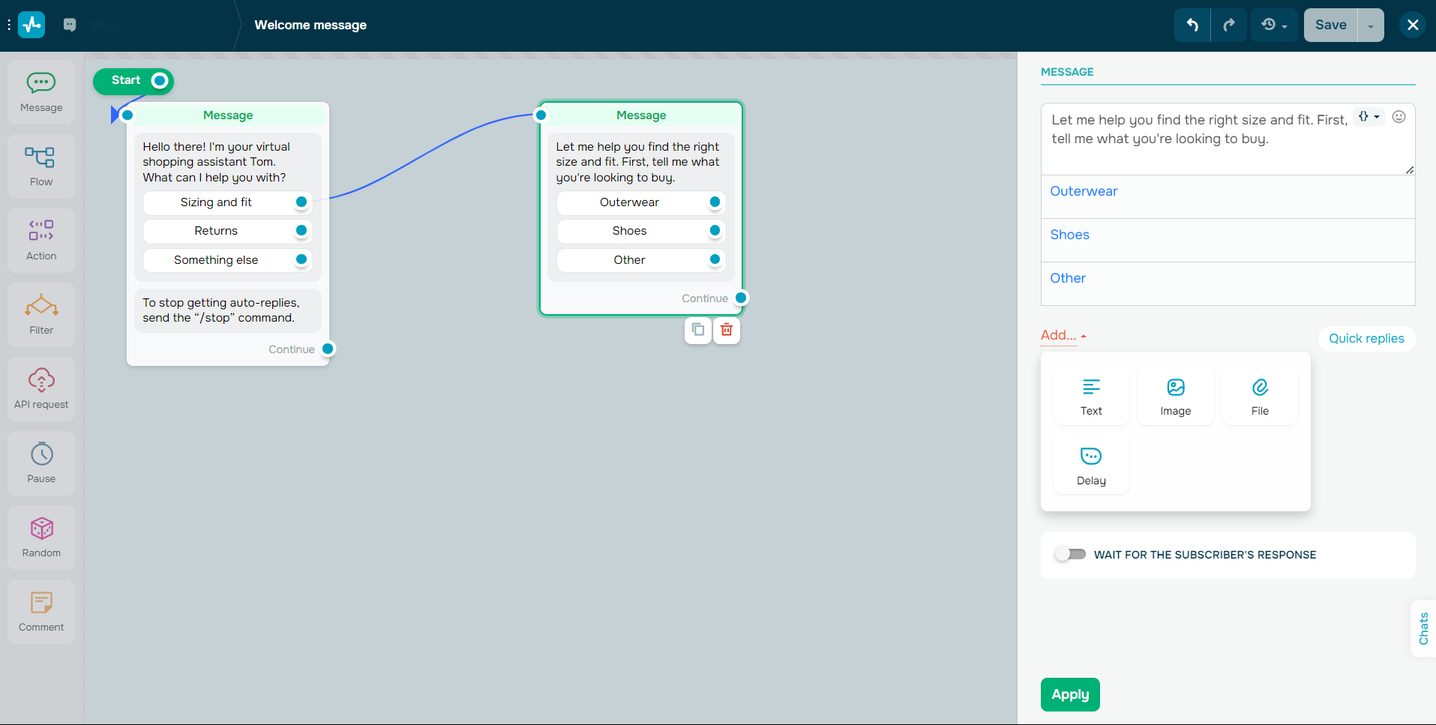
To make your bot more user-friendly, add menu items that trigger specific flows when selected by users. Be sure to include the option to “Talk to a live agent” early in the interaction or in the bot’s introduction.
You can design a full welcome flow in the “Bot structure” and create additional flows and triggers. Enhance your bot by adding an FAQ section, buttons, and quick replies. Bot messages can also include variables, emojis, GIFs, images, and other files to create a more engaging experience.
Our visual builder makes it easy to construct your bot’s flows — just drag and drop elements from the sidebar to the workspace. You can also use AI to generate flows for you by describing your goals.
For a more advanced chatbot, consider integrating ChatGPT to simulate human-like conversations and ensure the bot follows your business guidelines. This feature helps the bot handle complex inquiries, provide context-based responses, and learn from each interaction. The integration is available with a paid plan.
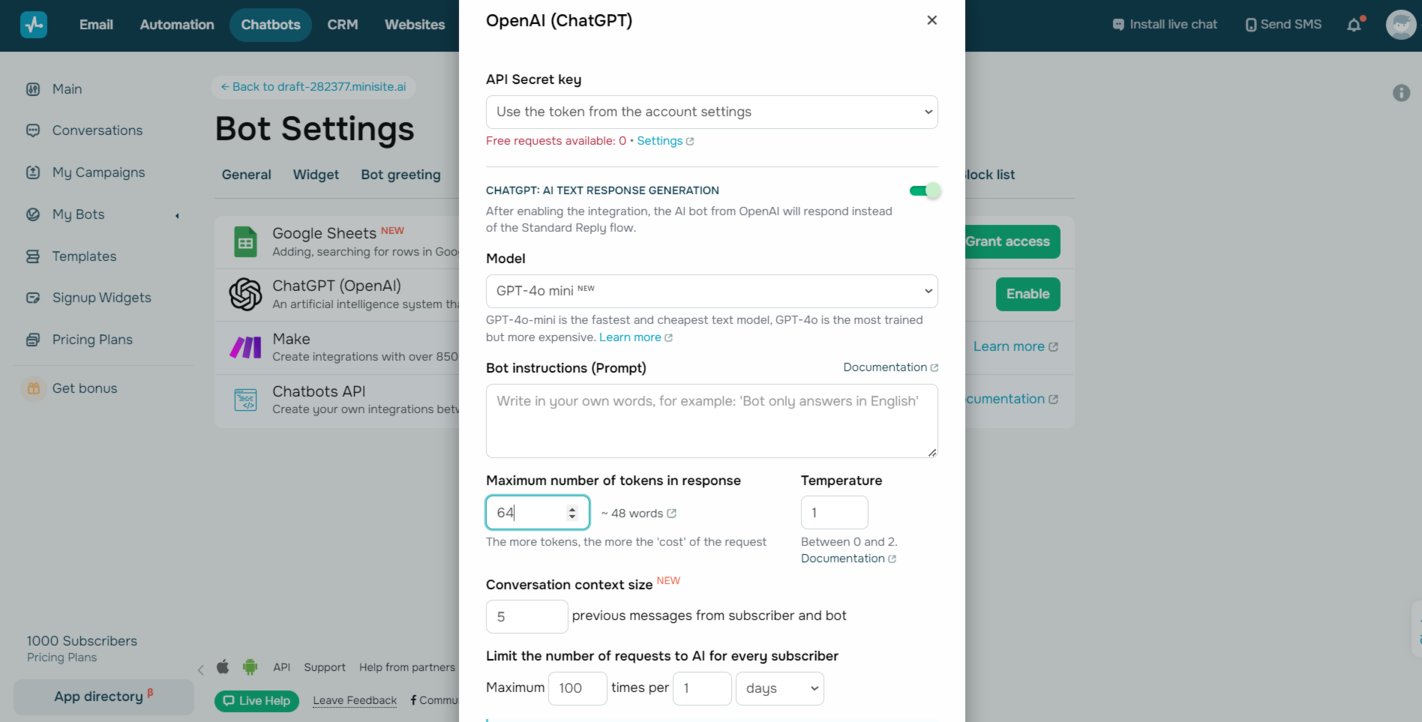
Then, simply select an AI model and set up prompts to establish limits. Feed your bot detailed information about your products or services, so it has the context needed to deliver accurate responses.
Ready to bring your chatbot idea to life?
With SendPulse, you can deploy AI-powered chatbots on your website, WhatsApp, Telegram, Facebook, and Instagram. It’s possible to create up to three bots and send up to 10,000 messages per month for free. Paid plans start at $10 per month, and you can save 20% by paying annually.
Besides, SendPulse has over 10 marketing and sales automation tools under its hood. Crazy, right? With us, you can also build landing pages, email campaigns, pop-ups, SMS campaigns, follow-up automations, and online courses with the help of a single platform. To top it off, we offer an intuitive built-in CRM system, which gives you a bird’s-eye view of your pipelines.
